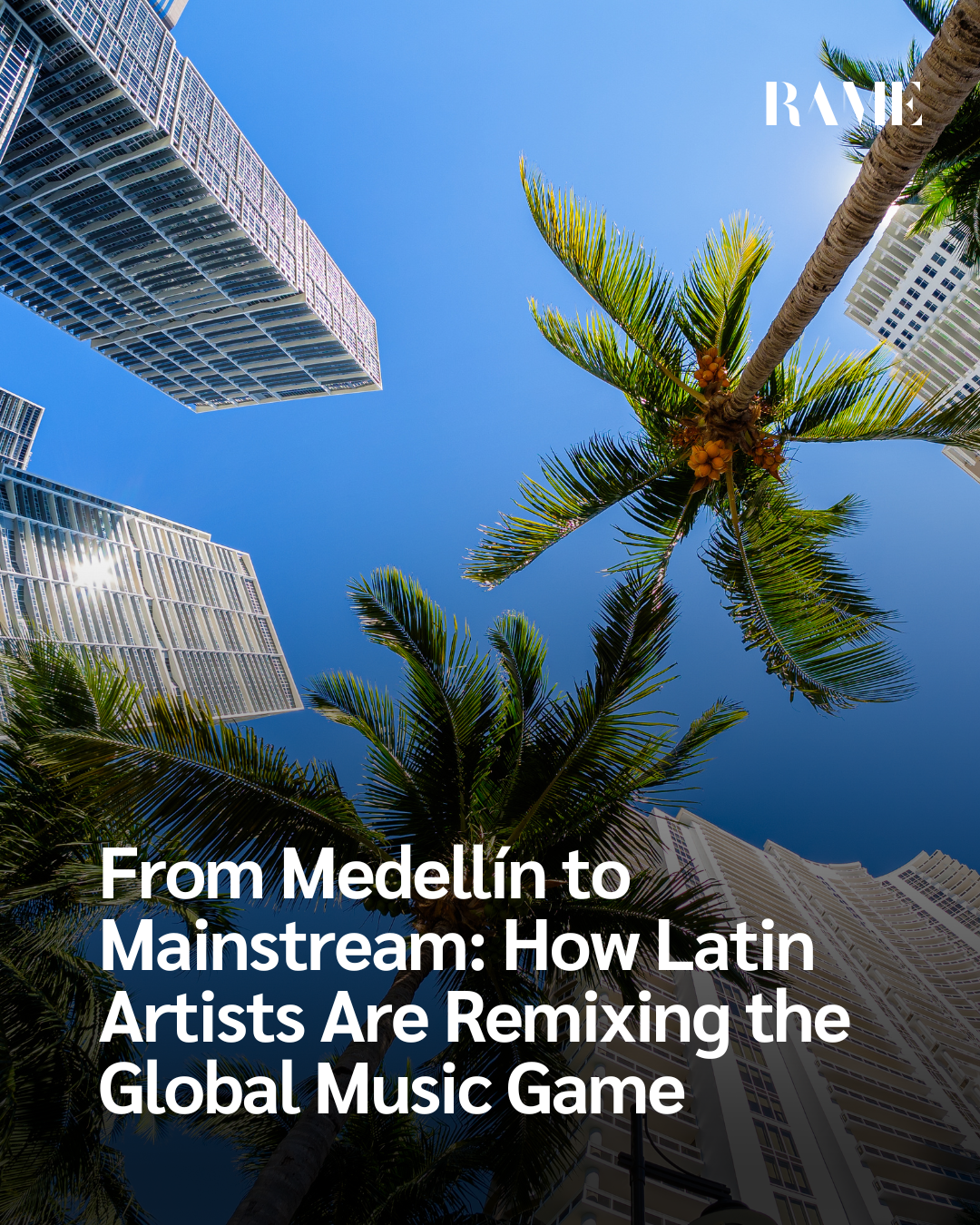The rise of a global cultural force
Latin music is no longer a side stage it’s the main event. What began as a genre rooted in regional sounds has become one of the most powerful engines driving the global music industry. During Billboard Latin Music Week 2025 in Miami, legends and industry leaders gathered to discuss the movement’s next chapter. The energy was undeniable: Latin music isn’t just influencing culture; it’s redefining it.
As Billboard CEO Mike Van put it, “Latin music isn’t just having a moment, it’s having a movement.” His statement summed up what many in the room already knew: the momentum behind Latin artists isn’t fading. It’s accelerating.
From Medellín to Miami: Technology’s equalizing power
Van emphasized how technology has allowed artists from cities like Medellín and San Juan to compete globally, in real time. “We’re ensuring that Latin artists not only reach massive audiences but also capture the value that their music brings,” he told attendees.
Streaming platforms, social media algorithms, and cross-border collaborations have effectively erased language barriers. A song in Spanish can now dominate playlists from Tokyo to Toronto within days. Van also pointed out how younger audiences Gen Z and Gen Alpha, are embracing Latin artists with unprecedented enthusiasm.
He gave a telling example: “Take Karol G, for example. She’s headlining the third night at Coachella, and they already sold out completely.”
Kali Uchis and the art of bilingual storytelling
One of the event’s standout moments came from Kali Uchis, the Colombian-American singer known for blending genres and languages effortlessly. In a conversation with Billboard associate editor Isabela Raygoza, she reflected on what bilingualism means to her music.
“I make music in both English and Spanish because those are both sides of me,” she said. Her career has thrived at the intersection of those identities, with hits that travel across linguistic and cultural lines.
She also recounted working with Tyler, the Creator and Bootsy Collins on her track After the Storm. “I once mentioned that I wanted to work with Bootsy,” Uchis said. “Then one day he invited me to spend time with his family, and we made several songs together.”
Her story captures what’s driving the Latin wave today authenticity, collaboration, and a deep sense of cultural fluidity.
Daddy Yankee returns: faith, legacy, and transformation
When Daddy Yankee stepped on stage for his first public appearance in three years, the room shifted. In an emotional conversation with Billboard’s Leila Cobo, he spoke about his creative evolution and spiritual journey.
“‘Sonríele’ resonated in people’s hearts it’s like medicine,” he said. “Every day we have an opportunity. With ‘Lamento en baile,’ my father taught me to turn my sadness into celebration. God turned my sorrow into dance.”
Yankee reflected on his faith and his purpose as an artist. “At ten years old, I would go to church alone. I feel that God has been working with me since I was little. One day I’ll tell Him, ‘Father, I used my music and multiplied my talents.’”
His message underscored something deeper than fame Latin music’s global rise is powered not just by rhythm, but by soul.
Emilio and Gloria Estefan: the architects of legacy
The week ended on a fitting note with a conversation featuring Emilio and Gloria Estefan, moderated by Jesús González and hosted by BMI. Together, the Estefans have shaped what’s known as the “Miami Sound,” bridging Latin rhythms with mainstream pop for decades.
Gloria laughed about the dynamics of working with her husband: “We always feel we’re on the same page when it comes to songs, but sometimes we’re not. Although he knows that if we disagree, we go with my opinion because I’m the one who faces the public.”
Her husband, recently named “Latin Producer of the Century,” reflected on his storied career: “I’ve worked on three Super Bowl Halftime Shows, three Olympic Games, and produced for six U.S. presidents with 48 events at the White House.”
For Emilio, the future lies in opening doors for the next generation. “Take Bad Bunny, for instance. He’s done incredible things for Puerto Rico. We must create opportunities in different languages. It’s normal.”
His final thought captured the heart of the Latin movement: “I don’t want a child to think they don’t have opportunities in this great country.”
The rhythm that won’t stop
Latin music’s surge isn’t just about chart dominance. It’s a story of identity, innovation, and global connection. What’s unfolding is a cultural realignment where language no longer limits reach and rhythm becomes a universal bridge.
As Mike Van noted, this is more than a moment. It’s a movement and it’s only getting louder.



